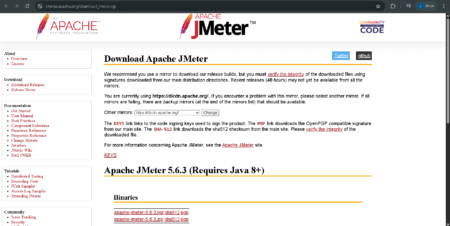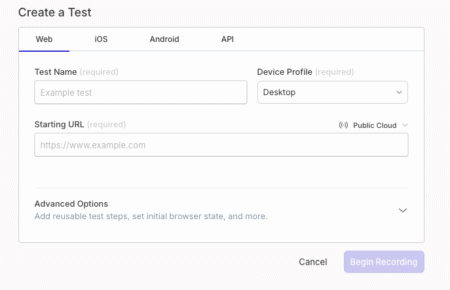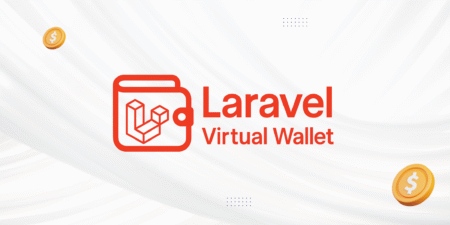The Pipe Operator is scheduled for release with PHP 8.5 on November 20, 2025. Learn how to chain multiple callables…
Libraries & Frameworks
React.js is the most popular front-end JS framework. There are a few ways to use React in Laravel projects, and…
Laravel’s prefers method streamlines content type negotiation by evaluating client Accept headers against supported formats. Build flexible endpoints that serve…
July 2nd was the midpoint of 2025, and I thought it would be nice to recap some of the most…
PHPverse 2025 Videos are now live The post JetBrains PHPverse 2025: Videos are now live! appeared first on Laravel News.…
Delivering high-performance applications is not just a competitive advantage it’s a necessity. Whether you’re launching a web app, scaling an API, or ensuring microservices perform under load, performance testing is critical to delivering reliable user experiences and maintaining operational stability. To meet these demands, teams rely on powerful performance testing tools to simulate traffic, identify
The post JMeter vs Gatling vs k6: Comparing Top Performance Testing Tools appeared first on Codoid.
Laravel’s new resource method streamlines HTTP response stream handling, replacing verbose stream wrapper operations with a simple method call for…
Name of Person is a PHP package inspired by Basecamp’s name_of_person Ruby gem, which gives you intelligent parsing and multiple…
Useful Laravel links to read/watch for this week of July 3, 2025. Source: Read MoreÂ
Selenium does not recognize webelements of Tableau. Is there any tool which is successful for UI automation of Tableau ?
Laravel closure commands support dependency injection by type-hinting services in command parameters. Combine the simplicity of inline commands with powerful…
PHP 8.5 will include array_first() and array_last() functions. Learn more about these native PHP functions developers can use to retrieve…
Laravel’s in_array_keys validation rule efficiently validates arrays containing at least one specified key. Perfect for flexible configurations where users choose…
The Laravel Performance Testing package tests your application’s performance with the VoltTest PHP SDK. Easily create and run load tests…
Display solutions on the Laravel error page Source: Read MoreÂ
Automated UI testing has long been a critical part of software development, helping ensure reliability and consistency across web applications. However, traditional automation tools like Selenium, Playwright, and Cypress often require extensive scripting knowledge, complex framework setups, and time-consuming maintenance. Enter Operator GPT, an intelligent AI agent that radically simplifies UI testing by allowing testers
The post Operator GPT: Simplifying Automated UI Testing with AI appeared first on Codoid.
Extended Reality (XR) transforms mobile app experiences through spatial interactions, real-time data, and immersive design. This blog explores key XR components, UX principles, testing strategies, and use cases across healthcare, retail, and gaming industries. It also addresses security, privacy, and ethical challenges unique to XR environments.
The post Your Customers See More Than Reality: Is Your Mobile Strategy Keeping Up? first appeared on TestingXperts.
A practical guide to the top MySQL challenges Laravel developers face — and how to solve them with automation and…
The blog discusses how Enterprise Hyperautomation combines AI, RPA, and low-code platforms to automate complex processes, improve data accuracy, and accelerate digital transformation. By integrating these technologies, organizations streamline workflows, reduce manual effort, enhance compliance, and deliver agile, scalable solutions.
The post Why the Future Belongs to Enterprises That Build Intelligent Hyperautomation first appeared on TestingXperts.
A lightweight, plug-and-play Laravel package for managing virtual wallets. The post Laravel Virtual Wallet appeared first on Laravel News. Join…











